Archives
- 2025-11
- 2025-10
- 2025-09
- 2025-04
- 2025-03
- 2025-02
- 2025-01
- 2024-12
- 2024-11
- 2024-10
- 2024-09
- 2024-08
- 2024-07
- 2024-06
- 2024-05
- 2024-04
- 2024-03
- 2024-02
- 2024-01
- 2023-12
- 2023-11
- 2023-10
- 2023-09
- 2023-08
- 2023-06
- 2023-05
- 2023-04
- 2023-03
- 2023-02
- 2023-01
- 2022-12
- 2022-11
- 2022-10
- 2022-09
- 2022-08
- 2022-07
- 2022-06
- 2022-05
- 2022-04
- 2022-03
- 2022-02
- 2022-01
- 2021-12
- 2021-11
- 2021-10
- 2021-09
- 2021-08
- 2021-07
- 2021-06
- 2021-05
- 2021-04
- 2021-03
- 2021-02
- 2021-01
- 2020-12
- 2020-11
- 2020-10
- 2020-09
- 2020-08
- 2020-07
- 2020-06
- 2020-05
- 2020-04
- 2020-03
- 2020-02
- 2020-01
- 2019-12
- 2019-11
- 2019-10
- 2019-09
- 2019-08
- 2019-07
- 2019-06
- 2019-05
- 2019-04
- 2018-11
- 2018-10
- 2018-07
-
br Introduction Soluble guanylyl cyclase GC maintains vascul
2022-01-21

Introduction Soluble guanylyl cyclase (GC-1) maintains vascular function through the NO/GC-1/cGMP pathway [1,2] by catalyzing the conversion of GTP into cGMP (Fig. 1). The GC-1 heme prosthetic group binds NO with picomolar affinity, resulting in a 100- to 200-fold increase in catalytic activity.
-
Two different genes encode GSK isoforms and that
2022-01-21
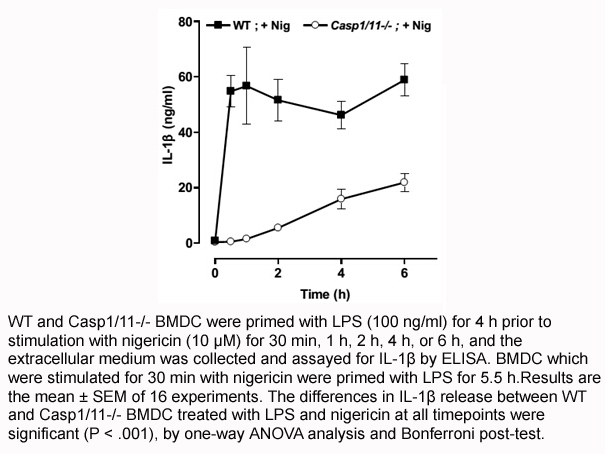
Two different genes encode GSK-3 isoforms α and β that have very similar catalytic domains but significantly differ in their N- and C-termini. The α and β isoforms split from a common precursor approximately at the emergence of vertebrates, suggesting that at least one of the isoforms took on a new
-
As part of our discovery efforts searching for small molecul
2022-01-20
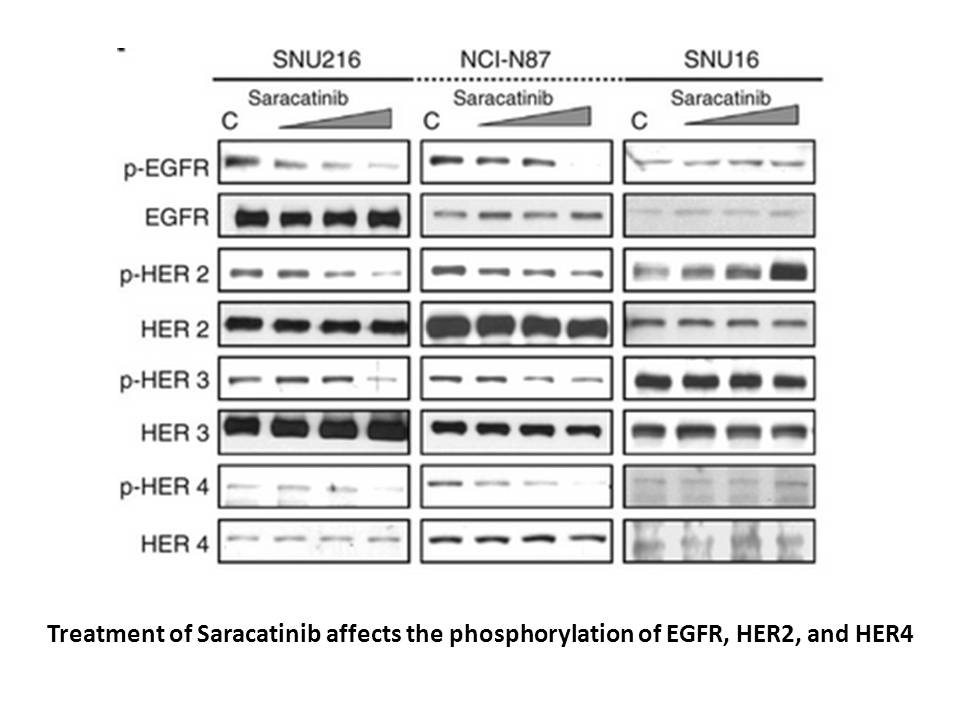
As part of our discovery efforts searching for small molecule GPR119 agonists, we analyzed active pharmacophores of known agonists from the literature, and found that -methylsulfonylphenyl and substituted 4-hydroxyl piperidine are common fragments. In our initial efforts, we linked these two fragme
-
GPR is present primarily in
2022-01-20

GPR119 is present primarily in the pancreas and the intestine. Activation of GPR119 increases insulin, GLP-1, GIP and PYY secretion. GPR119 agonists stimulate insulin release in a glucose-dependent manner. The glucose dependent insulin secretion (GIDS) mechanism makes GPR119 an attractive target for
-
It is generally considered that elevated blood
2022-01-20
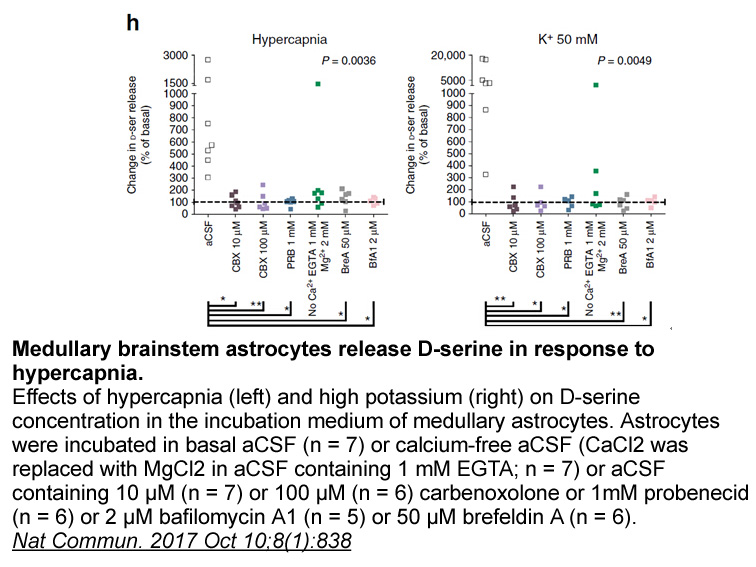
It is generally considered that elevated blood glucose due to insulin resistance is an important factor in islet compensation to high fat feeding [27]. However, we have shown recently that insulin resistance induced in mice by hydrocortisone injection provokes significant islet FTI 277 HCl australia
-
Introduction Glucose dependent insulinotropic polypeptide GI
2022-01-20
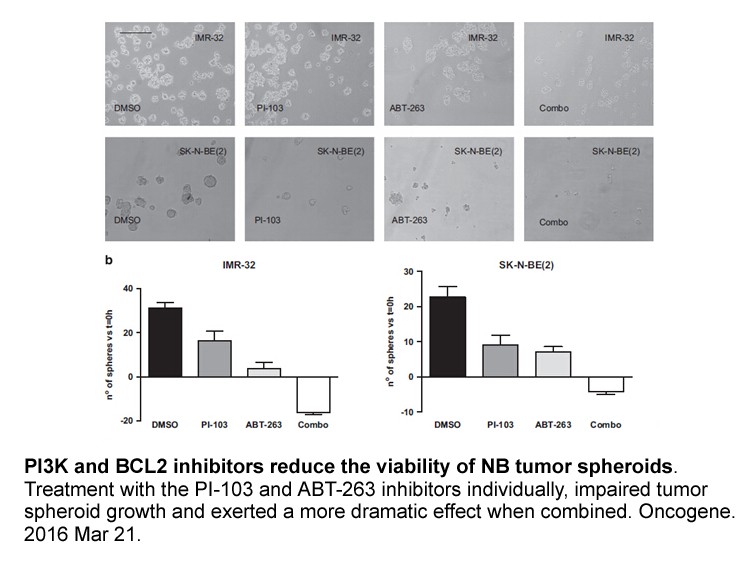
Introduction Glucose-dependent insulinotropic polypeptide (GIP) is a hormone secreted postprandially from enteroendocrine K cells in response to ingestion of either fat [1], protein [2], or carbohydrates [3]. GIP is primarily known for its glucose-dependent insulinotropic actions mediated via the G
-
It is widely acknowledged that
2022-01-20

It is widely acknowledged that a significant gap exists between the increasingly detailed knowledge of subcellular mechanisms and the ability to control large-scale anatomy. Radical advances in regenerative medicine require approaches aimed at taming the fundamental complexity of cellular regulation
-
br Results and discussion br Conclusion
2022-01-20

Results and discussion Conclusion In conclusion, twenty-one 4-monocyclic aryl-5-carbamoyl-3-isoxazolols have been synthesized and evaluated for their antagonistic activities against housefly and common cutworm GABARs expressed in Xenopus oocytes. The TEVC results indicated that 6780 several c
-
Analysis of published albumin X ray structures had
2022-01-20
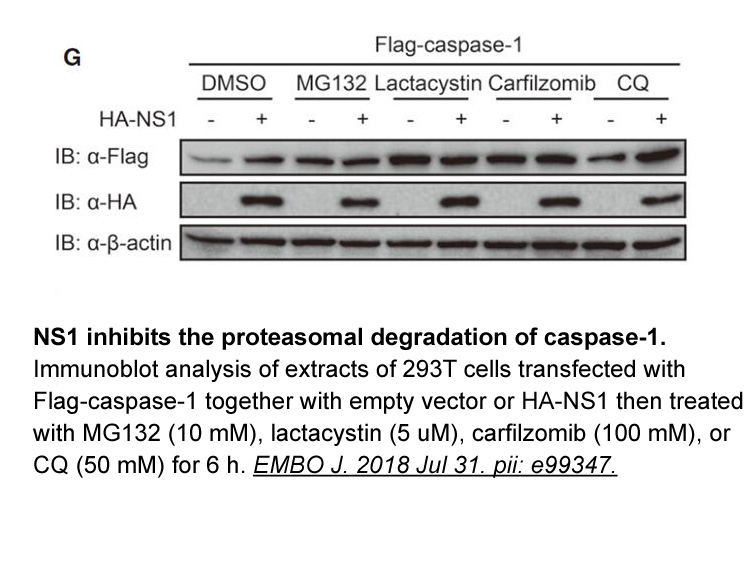
Analysis of published albumin X-ray structures had suggested that an allosteric link may exist, but could not establish whether Zn2+ prevented FFA binding or vice versa. This question was answered through competition experiments monitored by isothermal titration calorimetry (ITC; Fig. 3) for BSA [55
-
The normal function of the FBPase enzyme is to
2022-01-20
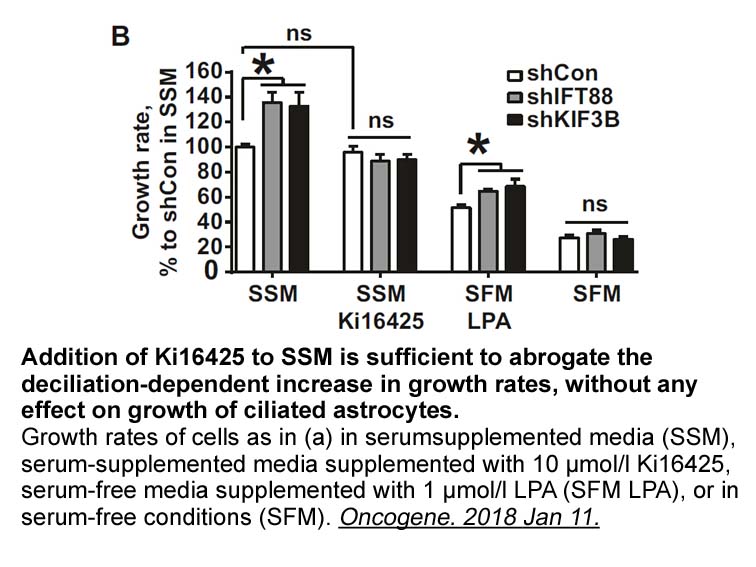
The normal function of the FBPase enzyme is to catalyze the hydrolysis of F1,6BP to F6P. This activity is induced by diabetes and starvation and is increased in diabetic rats. The level of FBPase can be normalized by insulin, however, similar information is not available from diabetic patients. FBPa
-
The urea derivatives a e were obtained
2022-01-20

The urea derivatives 7a–e were obtained from 1-(3-phenoxybenzyl)-piperazine (6) by reaction of isocyanate, or triphosgene and subsequent reaction of produced carbamoyl chloride with the amine RH as shown in Scheme 2. The imidazole urea 7g was prepared by reaction of 6 with 1,1′-carbonyldiimidazole.
-
It should be noted that the current
2022-01-20
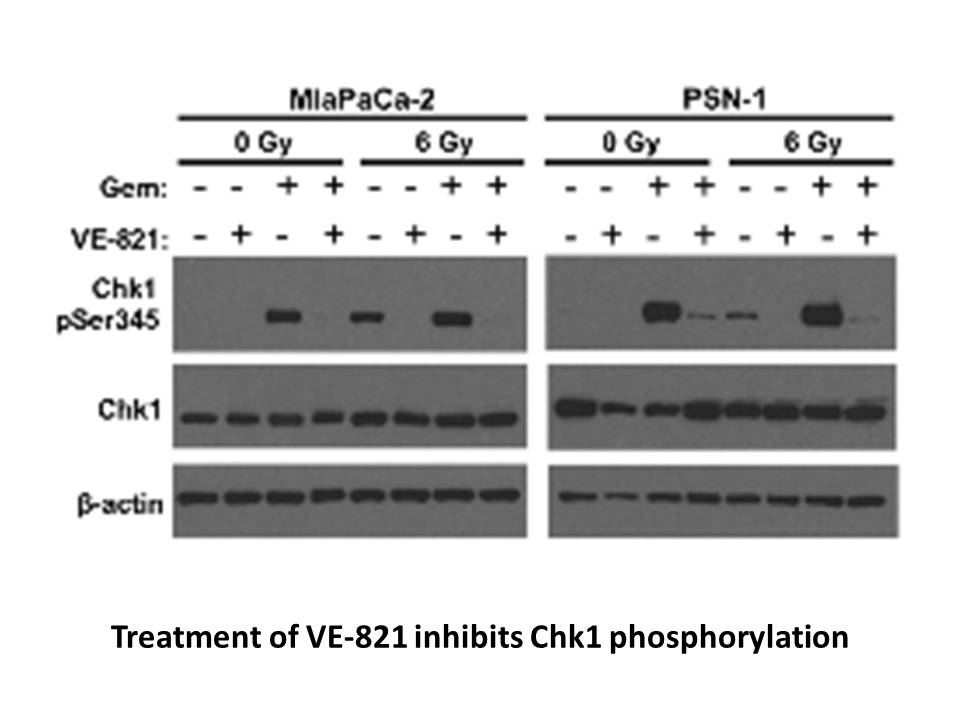
It should be noted that the current studies were performed in female rats. Although the oestrous cycle has been shown to modulate inflammatory processes in the periphery, data from our group has demonstrated that the phase of the oestrus cycle does not significantly alter TLR3-mediated neuroinflamma
-
hippo signaling It is well established that transcription fa
2022-01-20
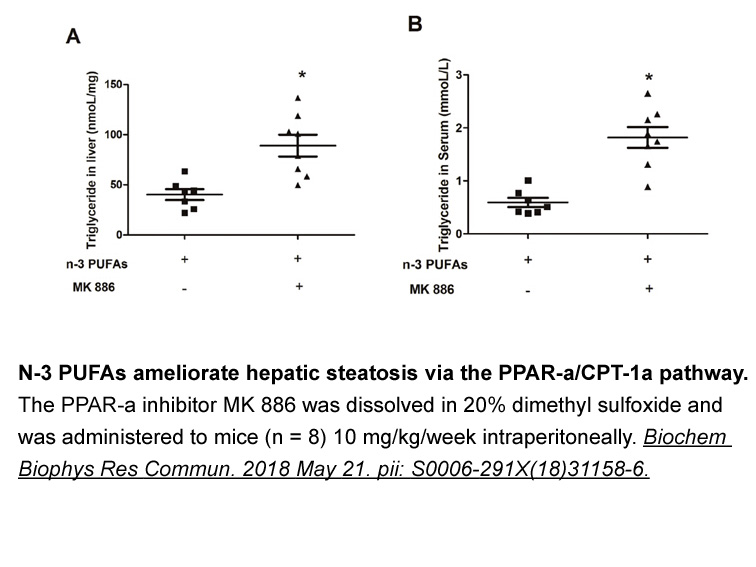
It is well established that transcription factors are the major key players in regulating the transcriptional state of the targeted gene. 15 TFs were found in the present study, which were predicted to have the binding affinity with the EZH2 promoter region. Out of these, GCF, AP-2 and Sp1 were mos
-
Atropine receptor Two classes of histones demethylases have
2022-01-20

Two classes of histones demethylases have thus far been identified: the Jumonji C (JmjC) domain-containing proteins and the amine oxidase domain (AOD)-containing proteins. They have distinct enzymatic mechanisms and substrate specificity. The JmjC domain is conserved through evolution and belongs to
-
Production of reactive oxygen species ROS
2022-01-20
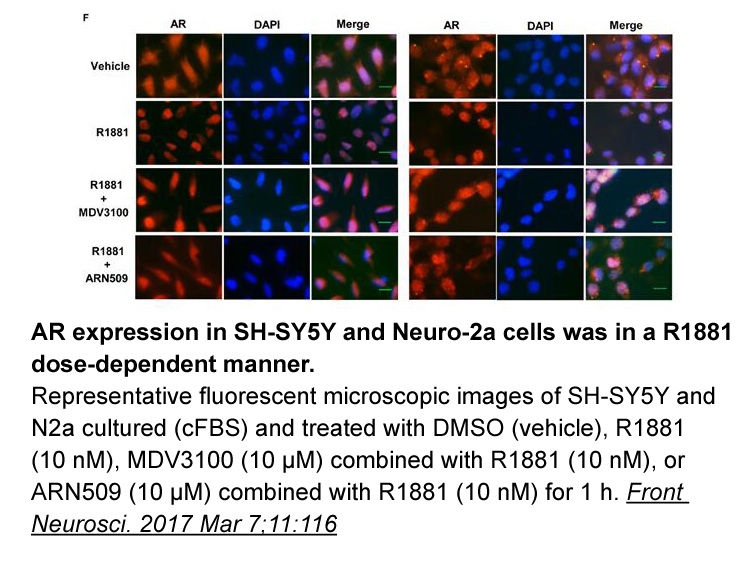
Production of reactive oxygen species (ROS) at the site of pathogen attack following recognition of pathogen-associated molecular patterns (PAMPs) is regarded as one of the initial plant immune responses. ROS accumulation can induce a hypersensitive reaction in host plants, thereby causing programme
15938 records 497/1063 page Previous Next First page 上5页 496497498499500 下5页 Last page